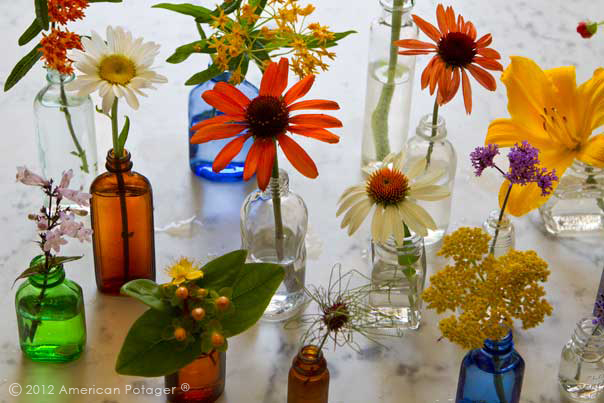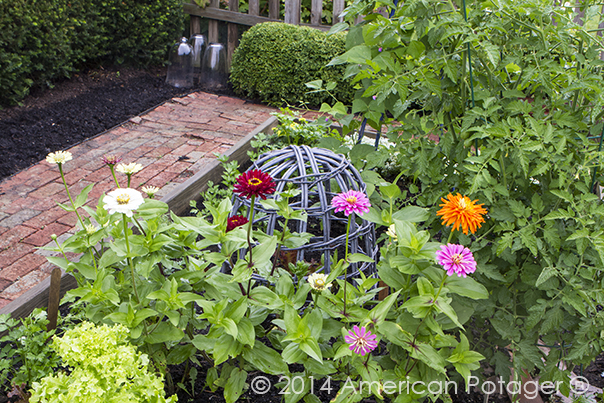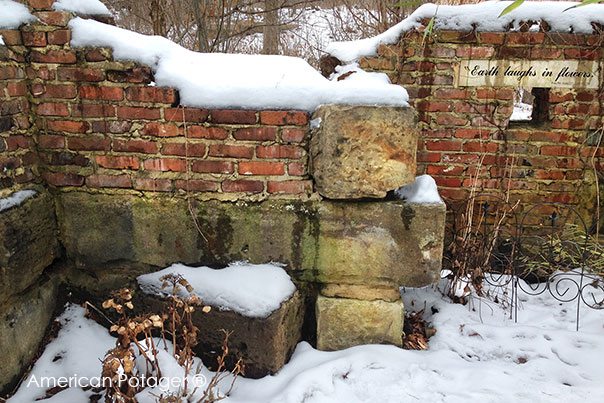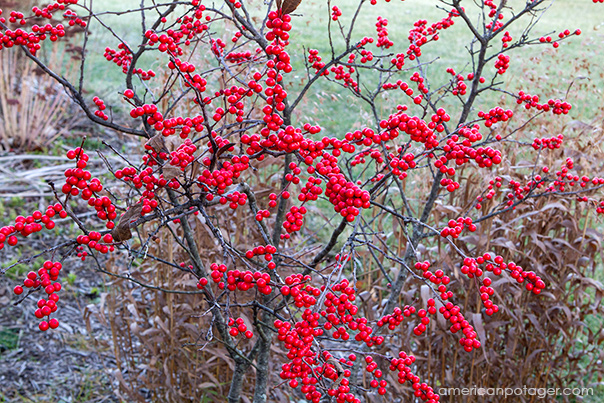

These are some of our favorite summer flowers picked fresh and isolated in their own miniature found glass jar. Each is a perfect specimen. Blooming in the July garden and ready for flower arranging are Penstemon digitalis ‘Husker Red’, Asclepias tuberosa, Leucanthemum ‘Becky’, Hypericum ‘Kolmoran’, Asclepias tuberosa ‘Hello Yellow’, Echinacea ‘Tiki Torch’, Allium ‘Hair’, Echinacea purpurea ‘Fragrant Angel’, Echinacea x ‘Evan Saul’, Achillea ‘Coronation Gold’, Verbena bonariensis, and Hemerocallis ‘Buttered Popcorn’.



